Features of the Rain Staff tool
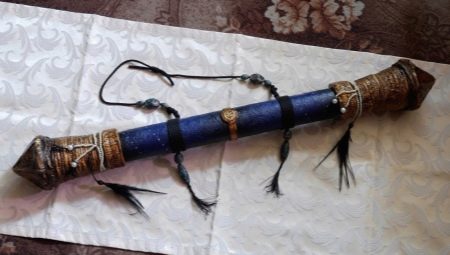
Latin America is considered the birthplace of many musical instruments that are still popular today. The Rain Staff or Rainstick is one such instrument.
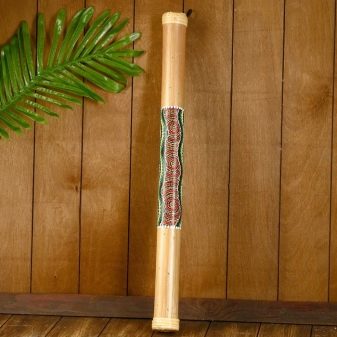
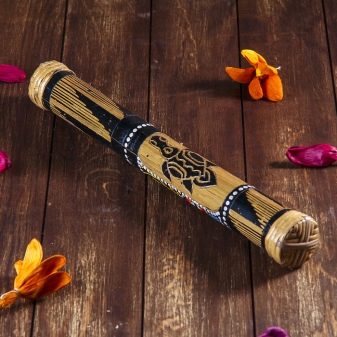
What is it and what is it used for?
A similar unusual name to this musical instrument was given by its creators - residents of Peru and Chile. The reason lies in the purpose of the device - to cause rain during a prolonged drought. According to legends that have been passed down from generation to generation by the inhabitants of America, Indonesia and Africa, this instrument is the voice of nature. He was given into the hands of people so that they could communicate with the heavenly powers.
"Staff" is a long flute, both ends of which are tightly closed, and inside there are small partitions that form a spiral. Usually, to create a rainstick, a cactus trunk is taken, which is dried for a long time in the sun before that, while the partitions are made of thorns.
It is believed that only a tool made in this way can control thunderclouds.
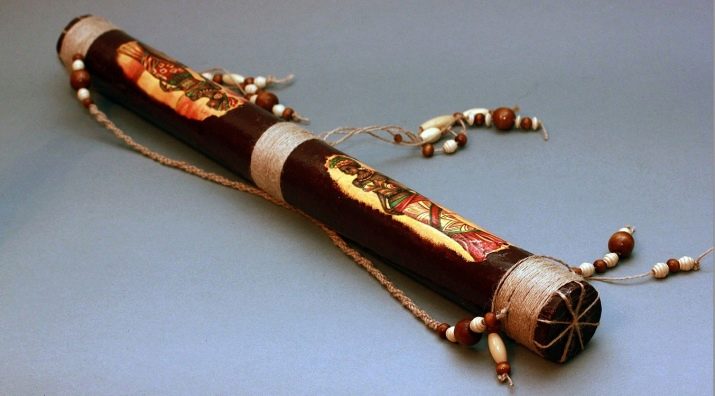
Inside the pipe, there are not only partitions, but also various bulk materials: seeds of the same plant or small pebbles. The "Staff of Rain" is a percussion instrument, because the enchanting sounds of the murmur of a stream or heavy rain appear only when the object is turned over.
In 1970, the rainstick became popular in Latin America, where it was offered to tourists and travelers as a souvenir. Even then, the traditional cactus began to be replaced with the stem of hogweed and other hollow plants, plastic and wood, and more affordable materials were used as partitions: pins or toothpicks. Inside, it can be filled with cereals or beads.After a while, the instrument became popular all over the world. He charmed the musicians with his melody of rain and is now actively used during the performance of calm and flowing music.
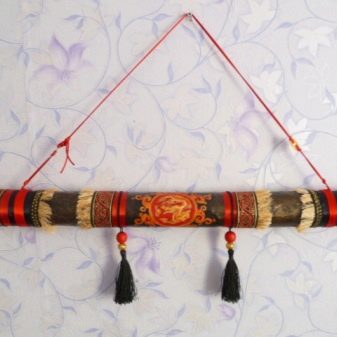
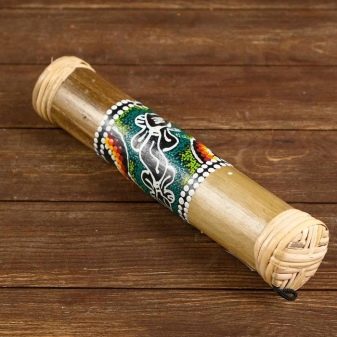
How to play?
The Rain Staff is impressive in that it achieves the required sound intensity. The length and depth of the sound changes if you tilt the instrument slightly. It is impossible to calculate the angle of inclination for extracting a certain sound without experience. But in the course of the game, you can roughly figure it out.
The instrument sounds at any turn of the stick. To make the sound rich and bright, you need to reduce the angle with respect to the ground. You can increase the duration of the "rain" by slowly rotating the stick around its axis. The sound that occurs when moving bulk material inside the "staff" is also influenced by the speed of the tool. A short flip of the stick 180 degrees causes a crushing "downpour", while a gradual one gives a more drawn-out sound.
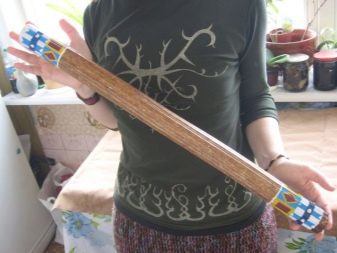

Each musician uses his own technique of using the rainstick: some rotate it around its axis, while others create rhythmic music, constantly changing the speed and direction of movement. One thing is important: regardless of the style and experience of the game, anyone will enjoy the process.
Some doctors claim that this tool not only has a calming effect on children and adults, but also has a positive effect on the musculoskeletal system, nervous and digestive systems. This happens due to light vibrations that occur when playing with the "staff".
That is why many are interested in how to make a rainstick with their own hands.
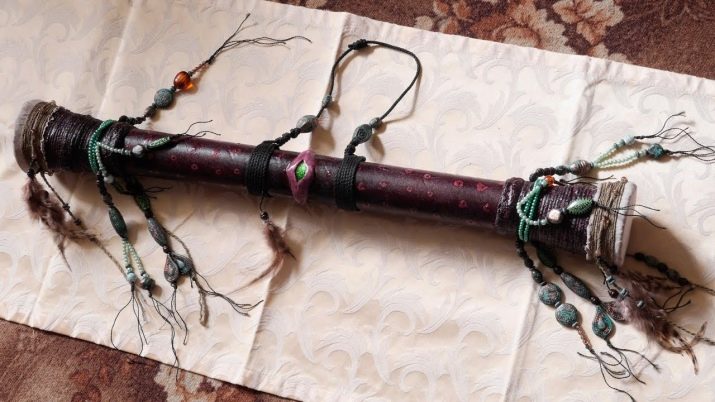
How to do it yourself?
Making a "rain" flute does not take much time, effort and materials. You will need a base for the "staff" and partitions, as well as a free-flowing filler. As mentioned above, any elements can be used as a filler, but their choice must be approached with all responsibility, because the sound of the instrument depends on it. If you want a harsher sound, reminiscent of a heavy downpour in early spring, beans or peas are best. A soft and gentle rain or trickle can be recreated using rice with a little sand.
In addition to the material and method of playing, other features also affect the sound: the length and diameter of the flute, the frequency of the baffles and the angle of the spiral. The length of the "rain staff" can be any: from 5 cm to 2 meters, but the most commonly used options are 40-75 cm. This is due to the convenience during storage and during the game. For continuous enjoyment of the sound for 50-70 seconds, instead of 5-15 seconds, you will need a longer instrument.
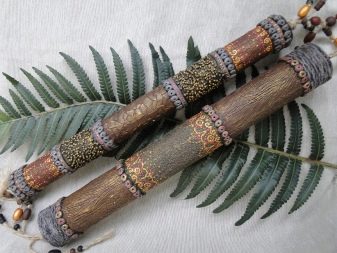
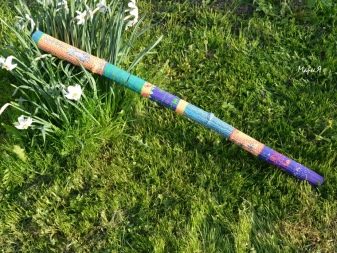
There are no requirements for the material for the case: it all depends on the desire and capabilities. Someone can take a hollow tree, and someone can pick up a cardboard base from under paper towels or a hollow stalk of a hogweed. Only a professional can handle the first material, but the latter are an excellent choice for beginners.
At the base, it is necessary to make small holes in a spiral, located at a distance from each other. To make them run smoothly, it is best to draw a line in advance. The paper towel casing already has a curling pattern, so there will be no problem. You can draw with both a needle and an ordinary awl.
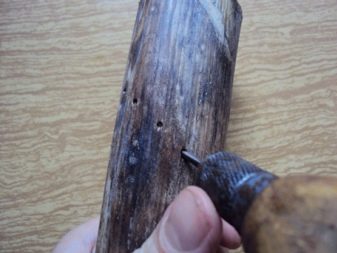
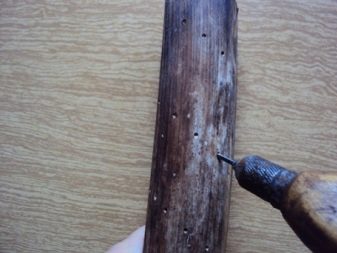
Toothpicks are stuck into these holes until they stop. They should be located at a distance of 1 cm from each other and form a kind of spiral staircase. The edges of the toothpicks that are left outside the pipe are cut off, and the hole is best filled with glue. Cardboard only seems to be strong, but in fact, it can bend under the influence of the filler. To avoid this, it is necessary to strengthen it: for this you can use skewers or Chinese sticks. They are glued to the surface of the pipe and then filled with putty.
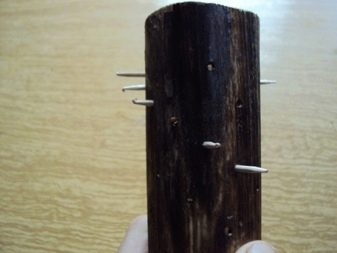
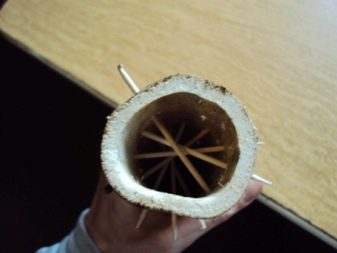



If the appearance does not matter, it remains to seal the holes with the same cardboard. It is important to first glue one side, let it dry, and then just fill in the filler. After that, the second side is closed, and the work is considered finished. There are many design methods: you can simply polish and paint, you can draw flowers or geometric patterns, or you can decorate with salted dough or semolina.



The Rain Staff is not only an interesting element in the history and development of music, but also an excellent gift for children.
To learn how you can make the Rain Staff tool with your own hands, see the next video.








